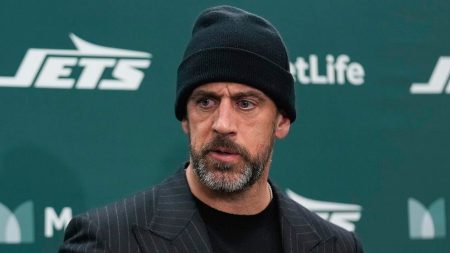Danica Patrick’s recent social media posts questioning California’s water management during the recent wildfires have sparked controversy and highlighted the complexities of wildfire fighting in a state grappling with both abundant water resources and increasingly severe drought conditions. Patrick’s initial query, “California has 840 miles of coastline and 3,000 lakes and reservoirs. Why don’t they have enough water to fix any and all fires?”, reflects a common misconception about the logistics and challenges of utilizing vast water resources for immediate fire suppression. While California does possess significant water resources, accessing and deploying them effectively during rapidly spreading wildfires presents numerous obstacles.
The issue isn’t simply the availability of water, but rather the infrastructure and logistical challenges involved in transporting vast quantities of water to active fire lines in remote and often rugged terrain. Existing water infrastructure, including pipelines and hydrants, are designed for everyday urban use, not the extreme demands of simultaneous large-scale wildfires. As witnessed during the recent Los Angeles area fires, the sustained high-volume water usage necessary for firefighting can quickly overwhelm local water systems, leading to pressure drops and hindering firefighting efforts. Janisse Quiñones, CEO and Chief Engineer of the Los Angeles Department of Water and Power (LADWP), confirmed these challenges, highlighting the strain placed on the system by prolonged high-intensity water usage.
Furthermore, even with ample water sources like lakes and reservoirs, the process of transporting that water to the fire lines is a complex and time-sensitive operation. Helicopters and air tankers can be used for aerial water drops, but their capacity is limited and weather conditions can impact their effectiveness. Ground crews must establish water relay systems, using fire trucks and portable pumps to transport water from distant sources to the fire front, a process that requires extensive coordination and can be hampered by difficult terrain and rapidly changing fire conditions. The speed at which wildfires spread, exacerbated by high winds and dry vegetation, often outpaces the ability to establish these necessary water supply lines.
Patrick’s subsequent comments, questioning the state’s management and calling for Governor Newsom’s resignation, injected a political dimension into the discussion. Her use of the derogatory term “Newscum,” echoing former President Trump’s rhetoric, further polarized the conversation and shifted the focus away from the practical challenges of wildfire management. While critiques of California’s wildfire preparedness and resource allocation are valid subjects for debate, Patrick’s approach fueled partisan divide rather than fostering constructive dialogue about solutions.
The recent wildfires, exacerbated by high winds and dry conditions, underscored the vulnerabilities of even well-resourced regions to the devastating impacts of climate change. Captain Sheila Kelliher Berkoh of the Los Angeles County Fire Department described the scene as “dramatic and apocalyptic,” highlighting the intensity and destructive power of these fires. The rapid spread of the flames, fueled by winds reaching up to 100 miles per hour, challenged even the most experienced firefighters and stretched resources to their limits. The incident emphasized the need for enhanced wildfire prevention strategies, improved infrastructure for water access during emergencies, and a deeper understanding of the complex interplay between climate change, land management, and wildfire risk.
Ultimately, the exchange sparked by Danica Patrick’s comments highlights the importance of informed public discourse on complex issues like wildfire management. While her initial question about water availability reflected a common misunderstanding of the logistical realities of firefighting, it also provided an opportunity to educate the public on the challenges faced by first responders and the need for comprehensive strategies to address the growing threat of wildfires in a changing climate. Moving forward, constructive dialogue, grounded in scientific understanding and informed by the expertise of fire professionals and water resource managers, is crucial to developing effective solutions and mitigating the devastating impacts of future wildfires.










